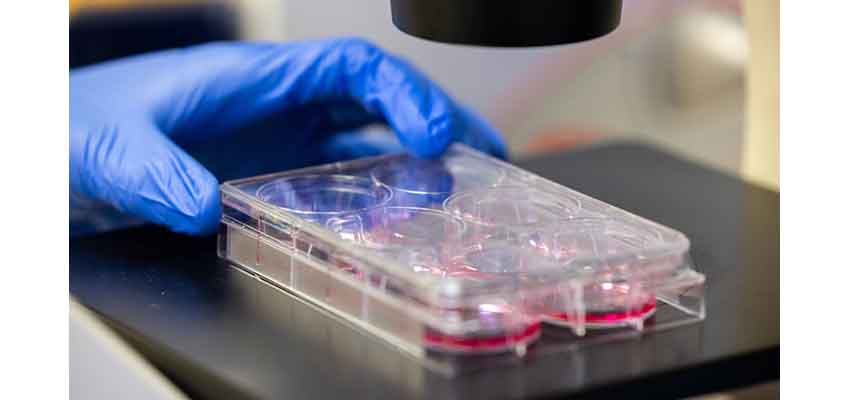Rogel researcher gets $1.1M specialized grant to understand the biology of low-risk prostate cancer
Media contact: Nicole Fawcett, 734-764-2220 | Patients may contact Cancer AnswerLine™ 800-865-1125

For men with a type of low-risk early prostate cancer, surveillance can be an option over immediate treatment.
To help providers and patients make more informed decisions about safely choosing surveillance, Rogel Cancer Center researcher Simpa Salami, M.D., M.P.H., received a $1.14 million grant from the National Cancer Institute to answer lingering questions about the biology of these early prostate cancers.
“A major barrier to surveillance is uncertainty around the biology of these tumors. Are they likely to progress over time? Could a more aggressive tumor co-exist? With this new grant, we hope to answer these types of questions to help providers and patients better manage favorable-risk disease,” said Salami, associate professor of urology at Michigan Medicine.
The grant is part of an NCI initiative to support early career investigators called MERIT, or Method to Extend Research in Time. It provides longer-term grant support to researchers within the first 10 years of their careers. Salami was also selected as a Biden Cancer Moonshot Scholar for this work.
Prostate cancer treatment can cause side effects, including impotence and incontinence, which makes surveillance a good option for cancers that are slower-growing. Surveillance involves monitoring patients without engaging in surgery or intensive therapies. It includes regular follow-up with patients and performing biopsies and tests when necessary. Patients who show signs of advancing cancer receive immediate treatment.
The research project will focus on determining whether high-grade prostate cancer can arise from the more favorable type, called Grade Group 1. Researchers will examine the molecular structure of Grade Group 1 prostate cancer to understand any shared biological properties with higher-grade disease. The goal is to allay patient concerns about disease progression and the presence of co-existing higher-grade cancer — factors that play central roles in the safe and effective implementation of surveillance.

